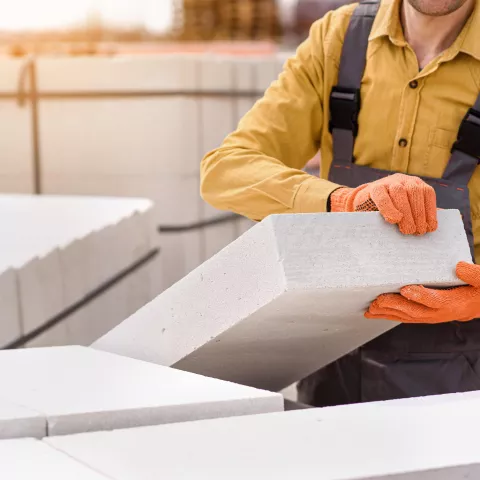
LEILAC (Low Emissions Intensity Lime and Cement) is a European Union Horizon 2020 (H2020) research and innovation project. LEILAC will pilot a breakthrough carbon capture technology that would enable both Europe’s cement and lime industries to reduce their carbon dioxide (CO2) emissions dramatically without significant energy or capital penalty.
Running from 2016, the project teams comprise leading industrial, technology and research & development partners.
The process behind this project is one where finely milled limestone is introduced into a closed calciner, where it is progressively transformed into lime as the surface of the calciner is externally heated.
Today, the source used to produce this heat is natural gas. In the future, renewable electricity could be used to make the energy feed sustainable. Because the calcination and combustion gases are not blended, this method allows the calciner to produce lime and an off-gas made up of almost pure CO2, facilitating its capture.